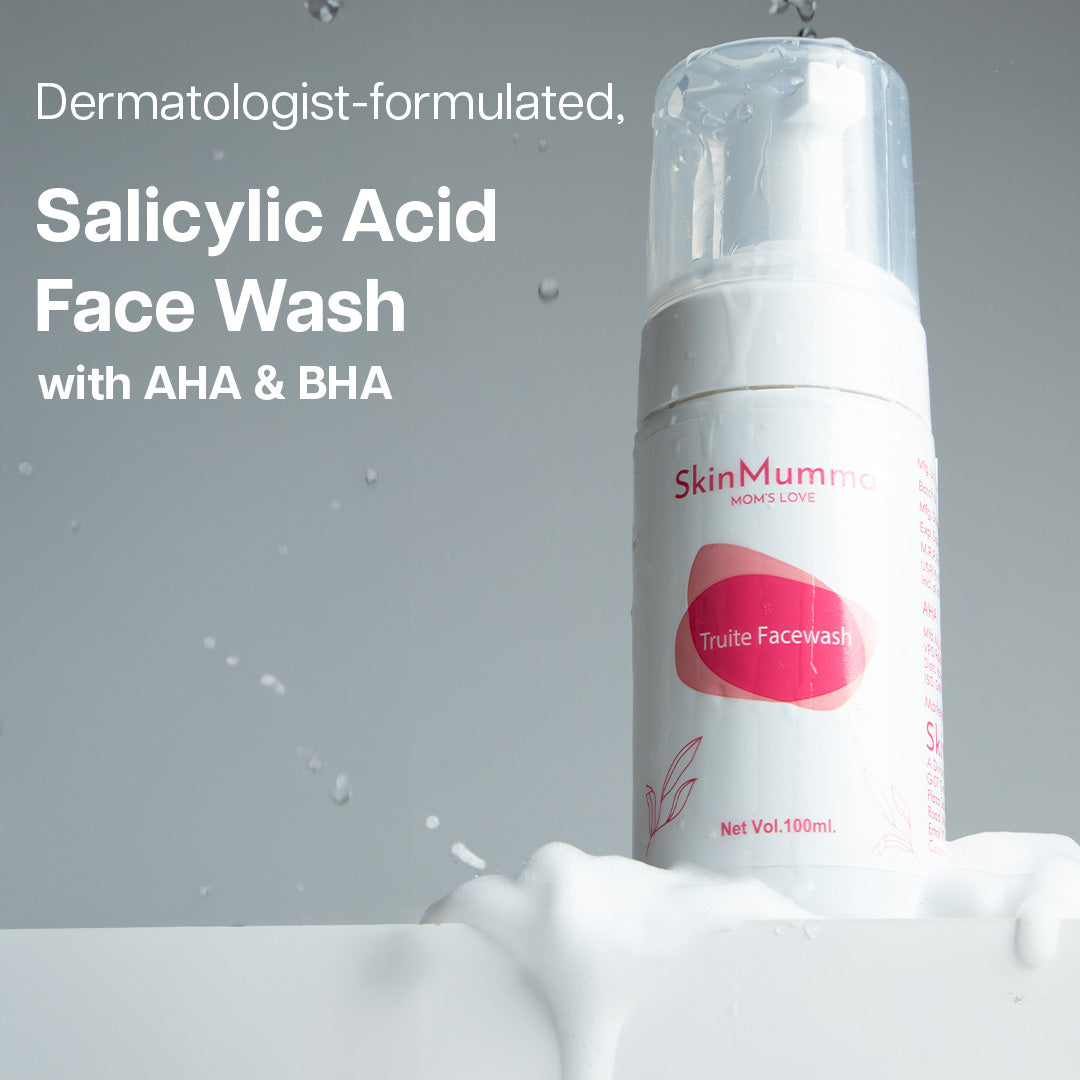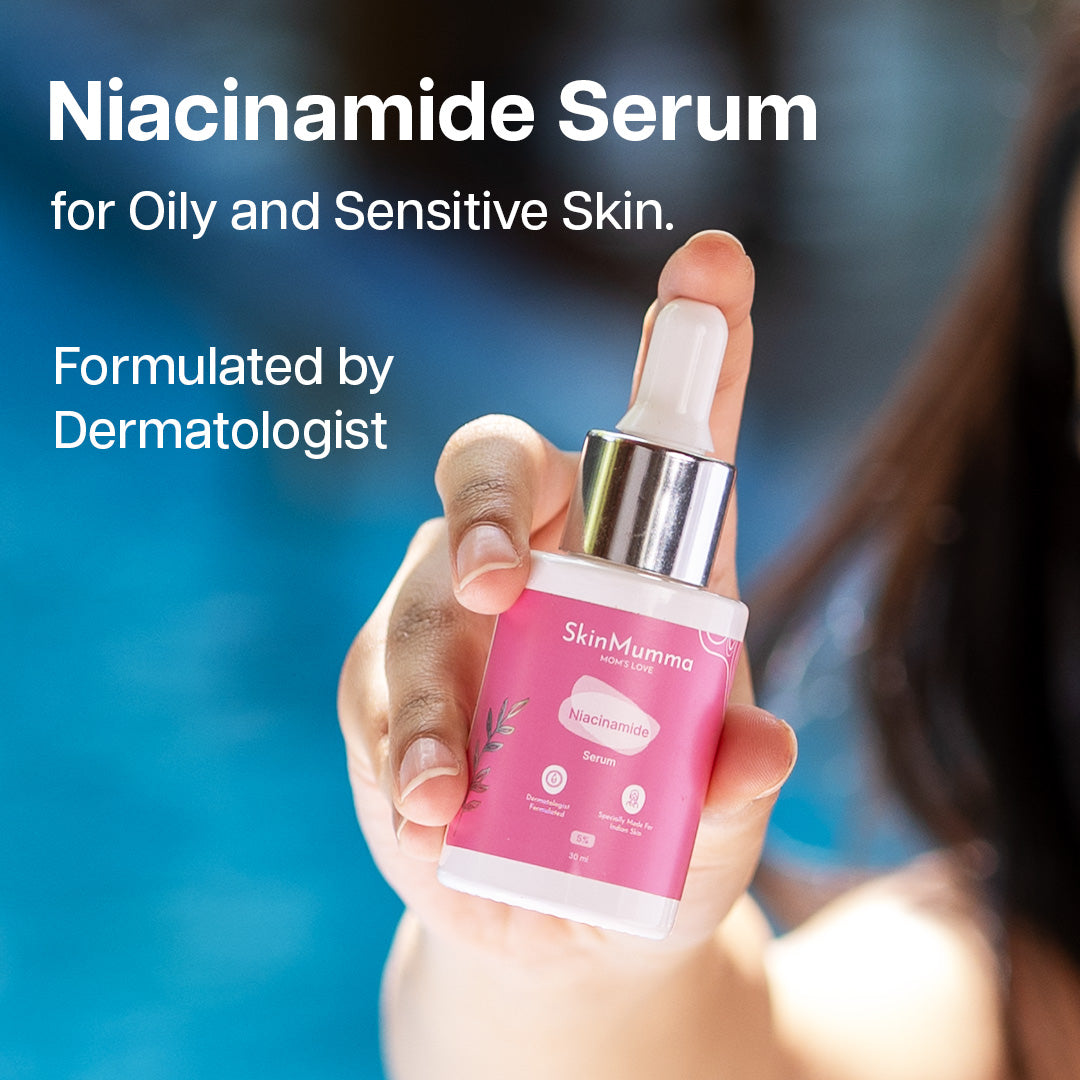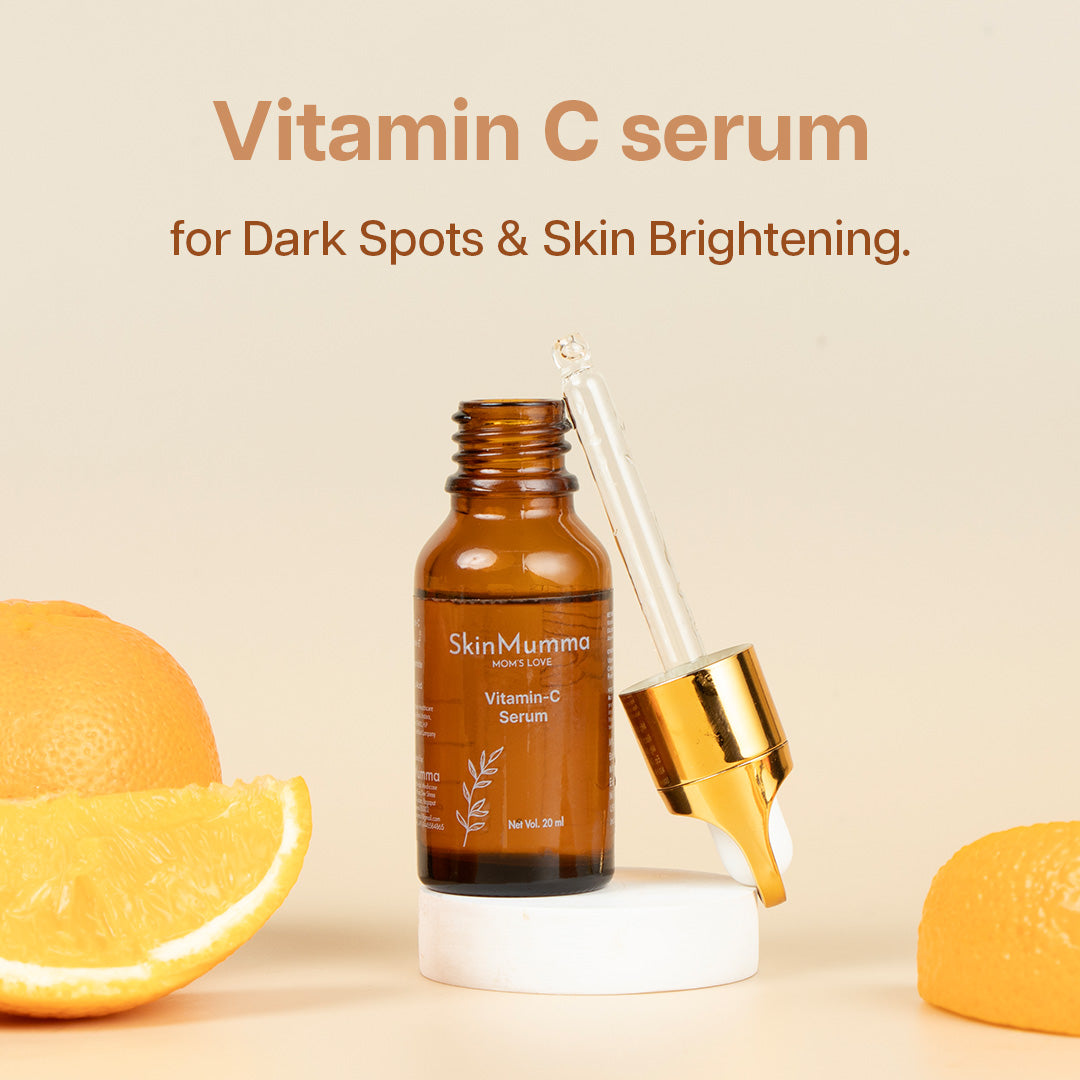If dark spots, uneven tone, and pesky patches sound familiar, there is comfort in knowing you're not alone. Hyperpigmentation on the face is one of the most prevalent skincare concerns, and really one of the most difficult to treat.
In this blog, we will explain what hyperpigmentation is, the most effective Skincare for Hyperpigmentation, the best hyperpigmentation treatments, and preventive measures that actually work. With the assurance of dermatology-driven information, this blog will help give you the power back over your skin tone and confidence.
What Is Hyperpigmentation – Understanding the Basics
Hyperpigmentation occurs when the skin generates excess melanin, the pigment responsible for our skin color. If there is uneven production of melanin, it produces dark patches/ or spots.
Most commonly, hyperpigmentation on the face shows up as freckles, acne spots, or larger brown patches on the cheeks, forehead, and upper lip area. Understanding how pigmentation forms will allow you to choose the appropriate skin pigmentation treatment, instead of using guesswork or a short-term solution.
Who’s More Likely to Get It
Pigmentation can happen to anyone, but some are more susceptible:
- Darker skin tones produce more melanin naturally.
- Hormonal changes during pregnancy or birth control may cause melasma.
- Post-acne marks or scars can leave dark marks.
- Genetics and some medications are additional contributing factors.
Beyond appearance, chronic dark spots can damage self-confidence. Hence, it’s crucial to understand the type of pigmentation and its source before beginning any hyperpigmentation treatments.
Causes & Triggers of Hyperpigmentation
There are multiple reasons for the overproduction of melanin:
- UV Exposure:- Ultraviolet rays from the sun stimulate pigment-producing cells in the skin, resulting in sunspots.
- Post-Inflammatory Hyperpigmentation (PIH):- These marks appear after acne, eczema, or an injury has healed.
- Hormonal Pigmentation (Melasma):- This type of pigmentation commonly occurs on the cheeks and/or on the forehead.
- Lifestyle Factors:- Smoking, stress, alcohol, or over-exfoliating our skin are examples of lifestyle activities that can elicit or aggravate pigmentation marks.
- Genetics:- The type of skin you have determines how easily the pigmentation shows up.
Establishing an effective treatment of skin pigmentation focuses on the internal and external factors.
Types of Hyperpigmentation
Understanding your type helps customize your treatment option:
- Post-Inflammatory Hyperpigmentation (PIH):- Areas of pigmentation following skin inflammation.
- Melasma: Hormonal patches of pigmentation that occur symmetrically on the face.
- Sun Spots / Age Spots:- Areas of pigmentation caused by prolonged UV exposure.
- Freckles:- Small, light brown areas of pigmentation, often genetic.
Knowing accurately your hyperpigmentation type will help you in picking the best hyperpigmentation treatment plan.
Skincare Routine for Hyperpigmentation
Consistency in a skincare routine is vital for lightening dark spots.
- Cleanser:- the product choice should be a mild, pH-balanced cleanser that will help maintain the skin barrier.
- Treatment Serums & Creams:- look for brightening actives such as arbutin, kojic acid, niacinamide, or licorice extracts. An effective hyperpigmentation cream (face) can work on an uneven tone.
- Moisturizer:- hydrating the skin is important, you also want to make sure the actives are absorbed evenly into the skin.
- Sunscreen:- the most critical step. Using SPF daily will avoid new pigmentation and protect the treatment process.
No one specific routine is best for everyone: oily, dry, and combination skin will involve some variation, but the most important thing is to be consistent.
Best Ingredients for Treating Hyperpigmentation
There are certain actives with proven efficacy in brightening and evening skin tones:
- Hydroquinone: A powerful lightener that should only be used as directed by a medical professional.
- Azelaic Acid: Lightens marks while calming redness.
- Tranexamic Acid: Excellent for the more stubborn condition of melasma.
- Niacinamide: Balances the transfer of pigment and strengthens the skin's barrier.
- Vitamin C & Licorice Extract: Provides antioxidant protection while lightly brightening over time.
When selecting a Hyperpigmentation Cream for Face application, ensure the formula is geared toward your skin type and contains safe levels of each ingredient. In combination with SPF, this is the best for skin hyperpigmentation.
Lifestyle & Diet for Clearer Skin
How you live and what you eat can help you get results and keep them:
- Eat Wisely: Add foods rich in Vitamin C (oranges, kiwis), Vitamin E (nuts and seeds), and Omega-3 (fish/ flaxseed).
- Drink Water: Helps skin repair itself.
- Reduce Stress: Chronic stress leads to increased inflammation, worsening dark spots.
- Avoid: Smoking, too much alcohol, and not wearing sun protection.
A balanced lifestyle can help support your Skincare for Hyperpigmentation efforts.
How Long Does It Take & When to See a Dermatologist
It takes time for results to occur. You can expect subtle fading in 4–8 weeks, and deeper pigmentation, such as melasma, may take 3–6 months.
If the pigmentation increases, changes color, or does not improve after three months of using treatment for hyperpigmentation, you should seek the advice of a qualified dermatologist. There are doctor-led treatments that may help further, like chemical peels, microneedling, and laser treatment.
The Bottom Line – Your Plan for Radiant, Even Skin
To summarise:
- Determine your pigmentation type.
- Incorporate gentle, targeted activities.
- Use daily SPF to protect your skin.
- Incorporate healthy habits to complement your routine.
-
Be patient and consistent.
Browse SkinMumma’s collection of Skincare for Hyperpigmentation. Each Hyperpigmentation Cream for Face has been carefully formulated to fade dark spots, restore balance, and reveal your natural glow.
At SkinMumma, we believe skincare should empower you, in every shade, every day.
FAQs:
1. How to treat hyperpigmentation with skincare?
To treat hyperpigmentation, start with a simple and consistent skincare routine. Use a gentle face cleanser, then apply a brightening serum that contains Vitamin C, Niacinamide, or Alpha Arbutin — these ingredients help fade dark spots over time. Always finish with a moisturizer and broad-spectrum sunscreen (SPF 30 or higher) in the morning. Without sunscreen, even the best products won’t work well. If you’ve been using skincare for a few months and still see no change, you can visit a dermatologist for treatments like chemical peels or laser sessions.
2. What is the main cause of hyperpigmentation on the face?
The main reason dark spots appear on the face is due to too much melanin, which is the pigment that gives your skin its color. Extra melanin is typically triggered by sun exposure, acne, hormonal changes, or skin inflammation. In hot countries like India, strong sunlight and pollution can make pigmentation worse. Using sunscreen every day and avoiding picking pimples are small habits that help prevent it from spreading.
3. Can hyperpigmentation be permanently removed?
Some types of pigmentation can fade completely, while others can only be reduced and controlled. If your dark spots are caused by acne or sun exposure, they often fade with regular use of brightening skincare products and sun protection. But deeper pigmentation, like melasma, can return if your skin is not protected from the sun or heat. The best way to manage it long-term is to follow a daily routine, use SPF every day, and treat your skin gently.
4. How long does it take to see results from treatment?
Fading pigmentation takes time. Most people start seeing a visible difference after 6 to 12 weeks of using the right skincare consistently. Fresh spots may fade faster, while older or deeper pigmentation needs more patience. The key is to stick to your products, protect your skin from the sun, and give your skin time to renew itself naturally.
5. When should I see a dermatologist?
If you’ve been using skincare for a few months and your pigmentation is not improving, getting worse, or spreading, it’s a good idea to visit a dermatologist. A professional can tell whether it’s melasma, post-acne marks, or another condition and guide you with the right treatment. Sometimes medical procedures or stronger serums are needed to see real results, and a dermatologist can safely recommend what works best for your skin.












Dr Manisha Bindal is the senior dermatologist and laser skin expert with more than 25 yrs of experience in clinical practice. She has to her credit various advanced skin care procedures and Laser skin treatment protocols including chemical peels, fillers, threads and injections. You can trust the expert hands for any skin or hair related problems or any procedure if need be.